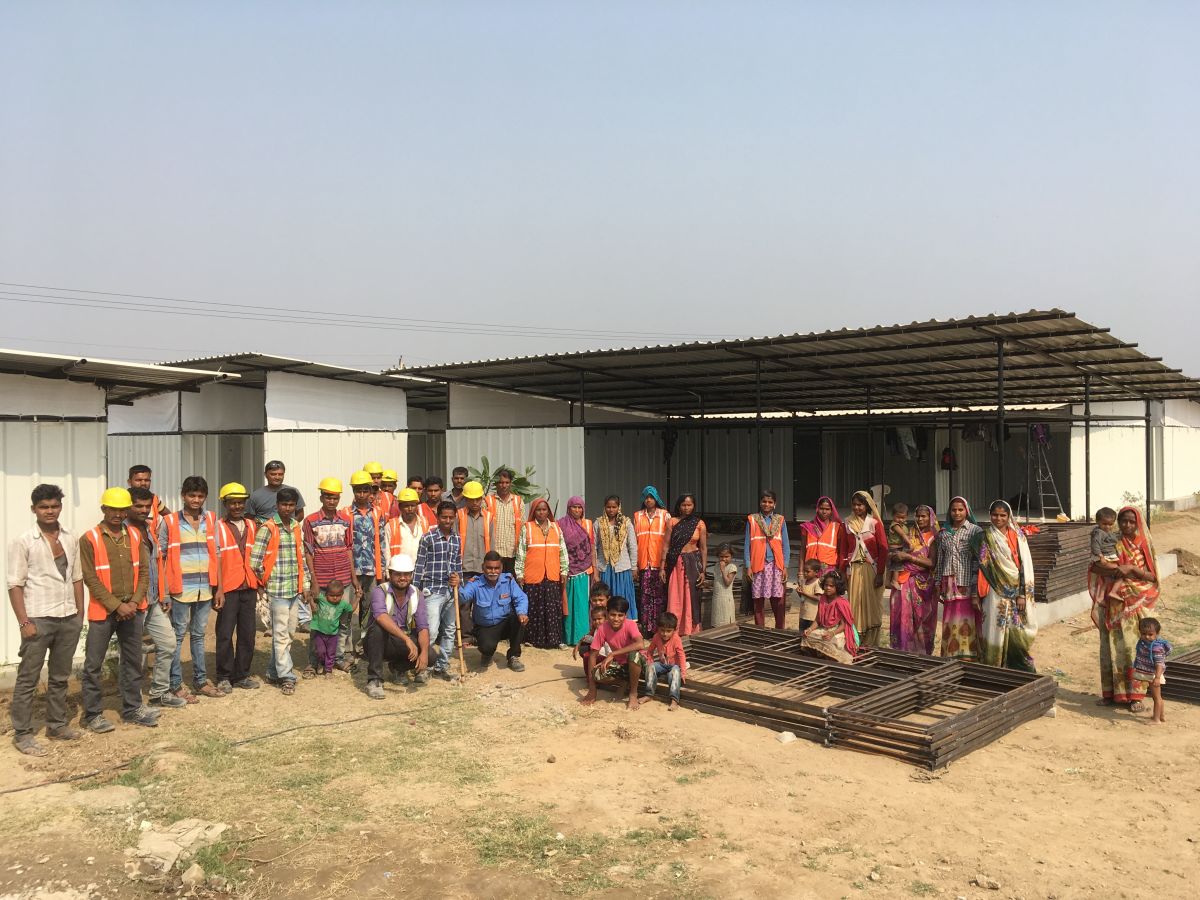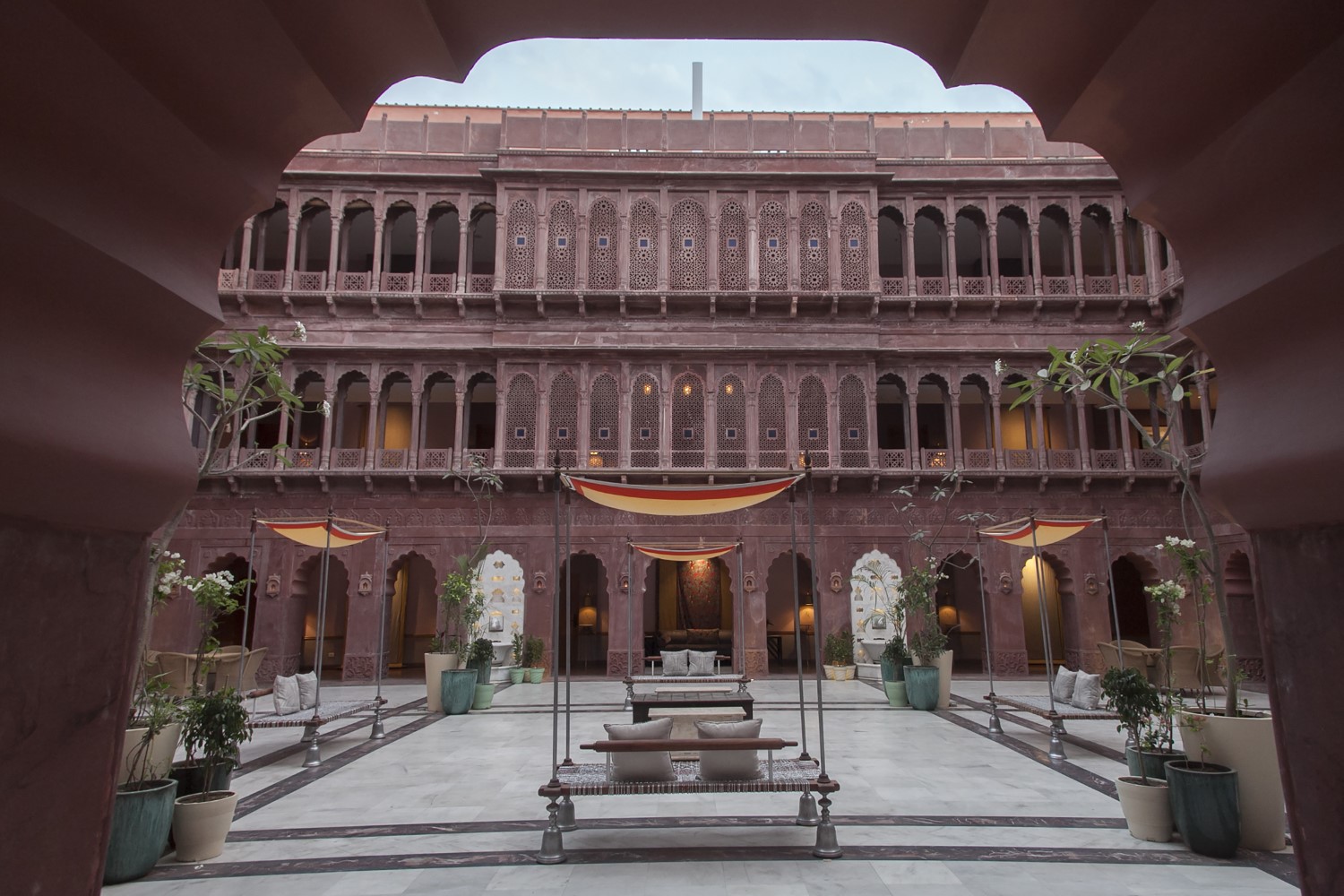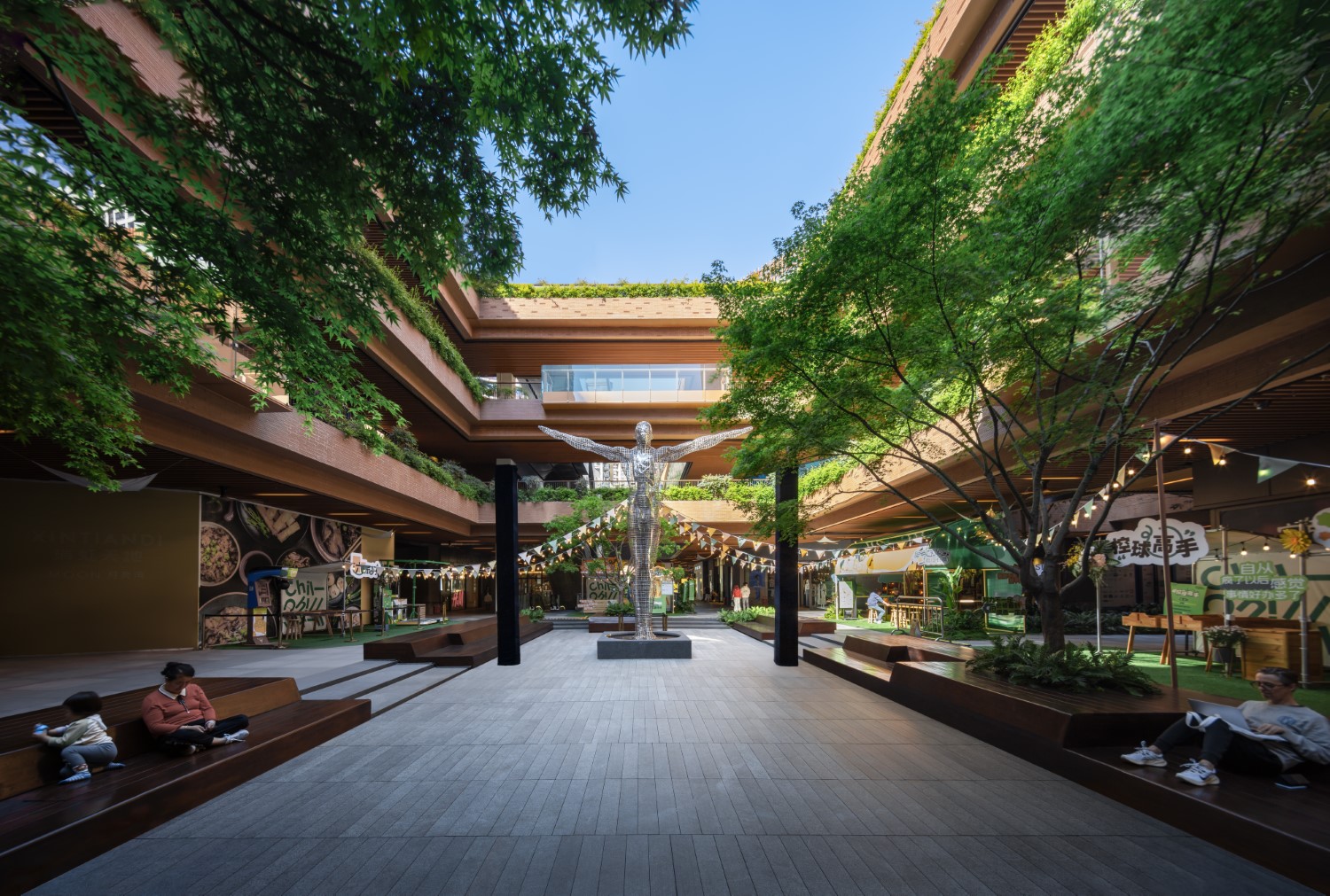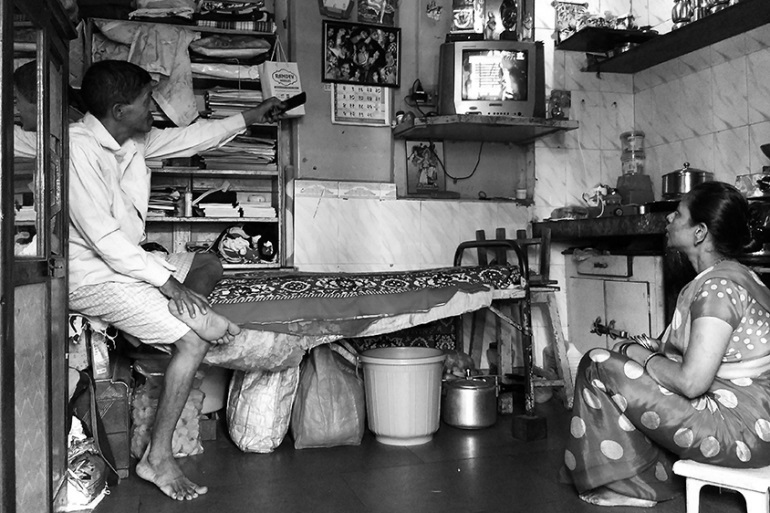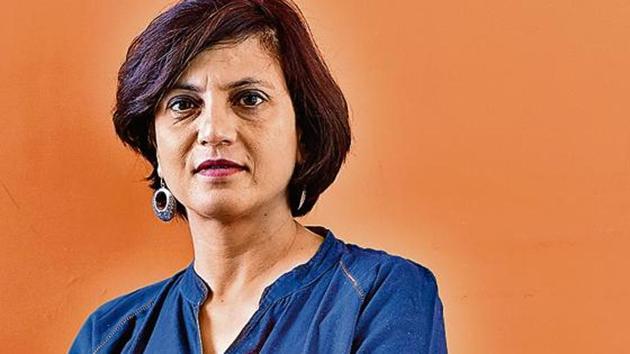How were work opportunities in India impacted for Hatch Workshop during the Pandemic in 2020?
Unfortunately, it has stopped us from being able to work in India completely for the foreseeable future, as we were back here in Aotearoa (New Zealand) planning our next works overseas when Covid-19 changed everything. For the last year, we have had to turn to other types of work to sustain ourselves in Auckland which is a relatively very expensive city to live in, in terms of income and expenses. Although we follow the news and talk to friends in India, we have very little understanding of what the reality on the ground is there now.
We aim to achieve rapid improvement of living conditions whether it be with health, comfort or dignity.
What is Hatch Workshop’s work philosophy and team structure? Share some work processes unique to your practice?
Hatch workshop has a practice model that stems from research started while at CEPT University on the living conditions of migrant labourers and has developed into research, design, project management and also construction practice.
We look for realistic possibilities for incremental change, requiring extensive time-on-site researching inhabitation patterns, materials and construction methods, and collaboration with companies, local NGOs and the labouring community themselves.
We are hopeful that the work we started, and also the pandemic, has brought more attention to the situation of working migrants.
As we can’t know when we will be able to realistically return, for now, we can just hope that others will create such works.

